A gearbox can also be useful for electric drives. Supplier ZF has now developed and presented a two-speed transmission that we were able to test in a prototype.
With the increasing electrification of our cars, the market for suppliers is getting tougher, after all, some components in cars are simply becoming superfluous. But not the transmission. Current electric cars do not need a classic manual gearbox, but a reduction or distribution gearbox is absolutely necessary. ZF recently also introduced a two-speed gearbox and we were already allowed to ride in the prototype. Because in terms of efficiency and a broader range of applications, multi-speed transmissions for e-cars will probably become indispensable in the future.
More gears for less performance
Why? Because developers of electric motors currently have to compromise. Electric motors can develop high torques even from a standstill under load, but this is at the expense of a higher top speed. If, on the other hand, performance is in the foreground, the starting torque would have to be throttled, which could cause problems when rolling on slopes or starting on the curb. The manufacturers are currently solving this in some cases with more powerful engines.
An alternative would be a multi-gear transmission that keeps the speed in the efficient range more often. For this purpose, ZF has developed a two-speed drive that combines a two-stage shifting element with a new electrical machine and suitable power electronics. The motor delivers up to 140 kW, but it is also conceivable to integrate even more powerful electric machines with up to 250 kW.
Everything is nice in theory, but how does it go? We get on the passenger side of the demo vehicle based on a VW Touran and roll off. At first, everything feels like a normal Stromer. The electric motor accelerates the test car with a steady whirring noise. But at speed 70, for example, we feel a short jerk, similar to changing gears in a classic converter machine. After that, the speed is slightly lower and the car accelerates vigorously up to the speed of the motorway, where other e-cars sometimes weaken somewhat. According to ZF, it is also possible to design individual switching strategies that are linked, for example, to digital map material and GPS and that take the topography or charging management into account accordingly.
In the display on the dashboard, we simultaneously follow in a special display whether the drive is in the optimal range. It also shows that we are around six percent more energy efficient at around 110 km / h than would be the case with an input gearbox. Overall, ZF indicates a possible range increase of up to five percent. Alternatively, the automaker could also install a smaller battery with the same range.
But that’s not all, the system also has other advantages. The new two-speed drive also includes two clutches. In addition to the pure shifting processes, this enables two additional functions, namely idling, which could also be used for classic e-car sailing, and a lock mode, which makes it easier to start up gradients with closed clutches.

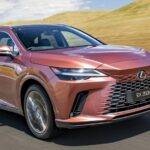
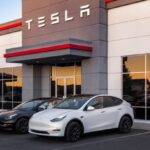
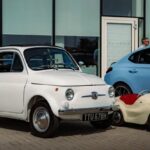
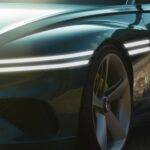
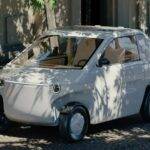
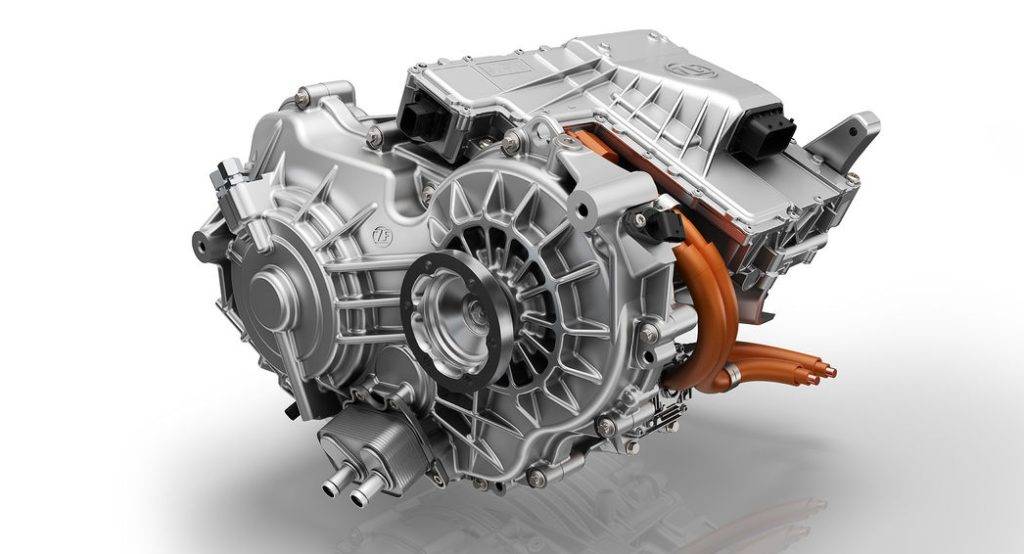
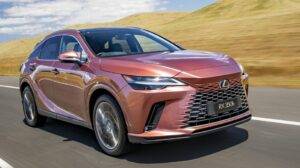
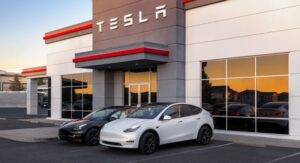
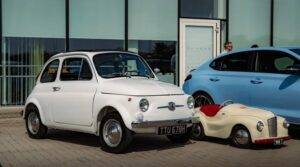
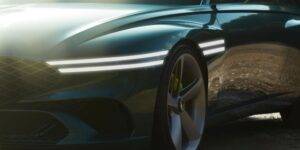
More Stories
Tesla Introduces 84-Month Loans in the US Amid Rising Interest Rates
Opel automobiles: 125 years of history and a bright future
The Cars That Go Out of Production in 2023